Non-Destructive Art Analysis
Hyperspectral

Hyperspectral imaging reveals original features of Larry Elliot’s painting, Tower of Babbel, that had since been painted over. Click button to read full application note.
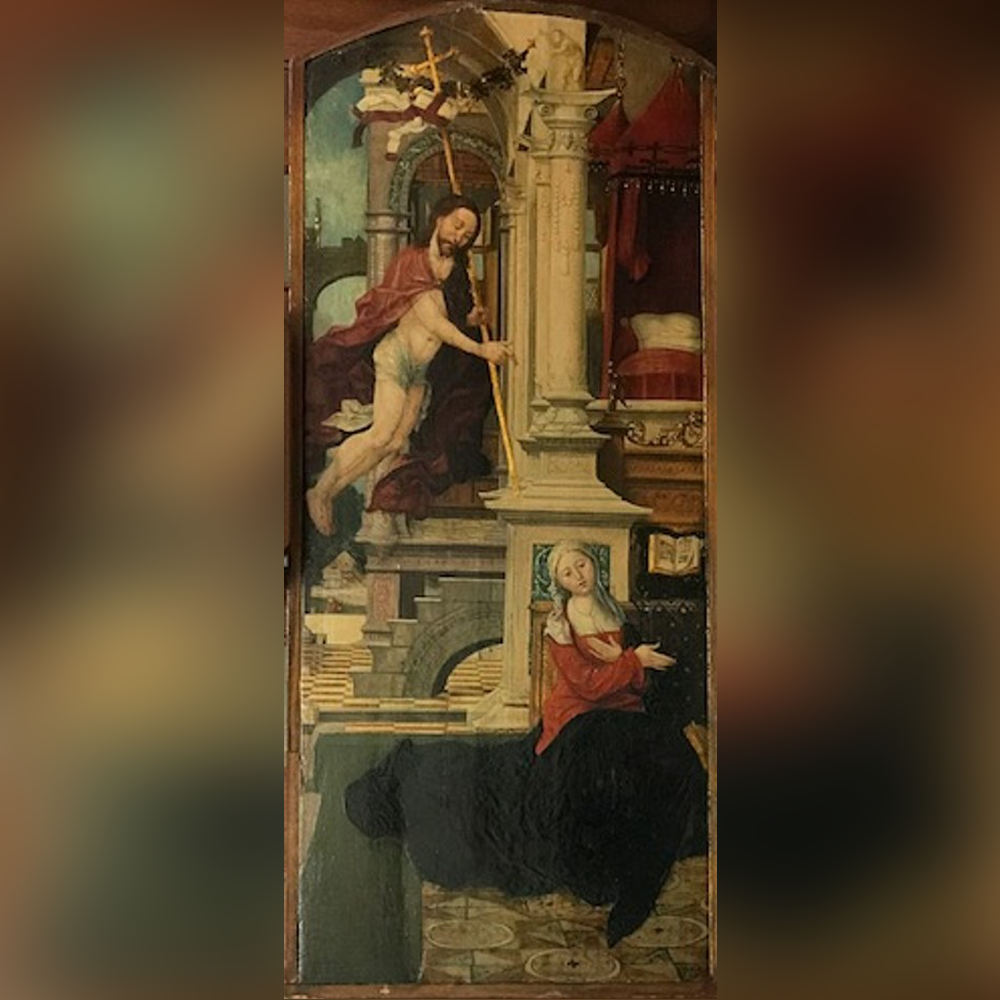
A hyperspectral scanning system was used to identify detailed pentimenti (underdrawings) in an early Flemish painting.Click button to see full sized poster.
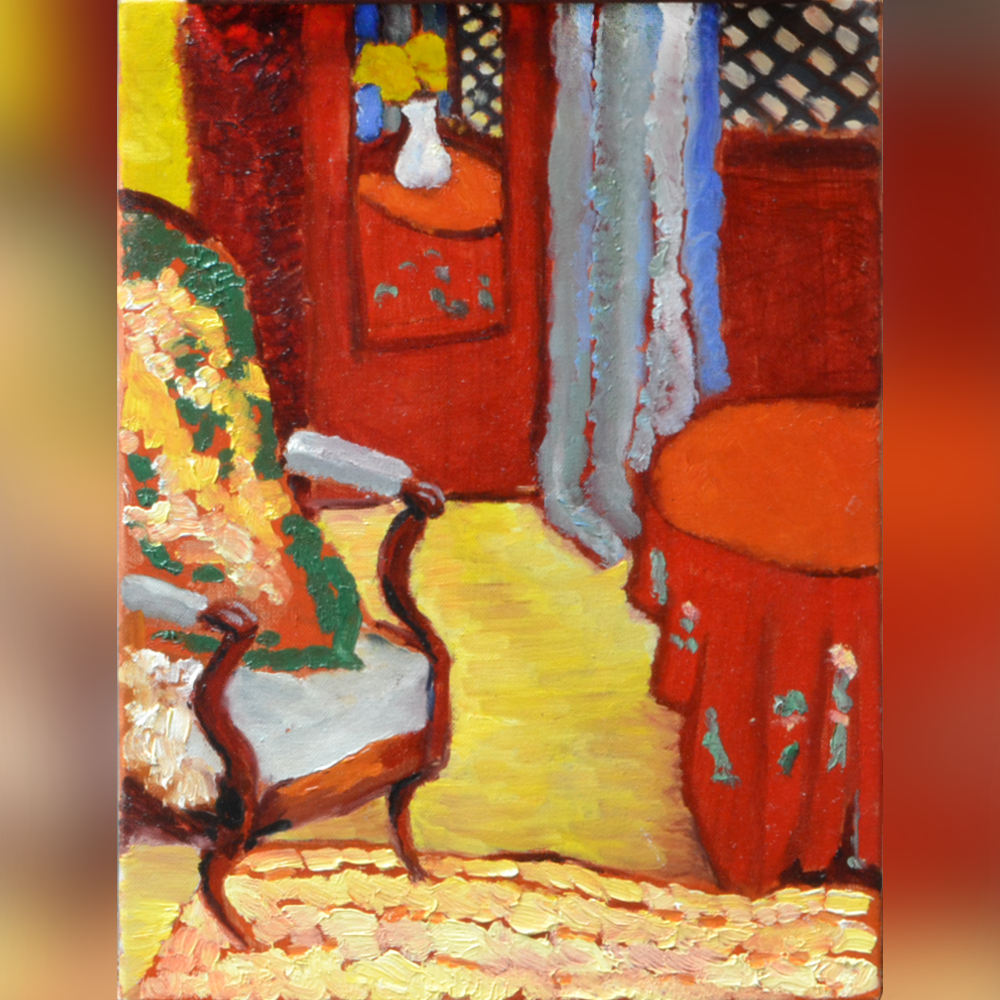
A comparison of infrared hyperspectral and multispectral imaging as well as x-ray fluorescence (XRF) to assess the sensitivity of each method in detecting oil paint on the back of a canvas through thick layers of paint and primer. Click button to read full application note.
Multispectral

In collaboration with the Leigh Yawkey Woodson Art Museum, N.C. Wyeth’s painting The Heron contained an interesting underpainting reminiscent of many of his nautical compositions. Click button to read full application note.

A painting of three horses in a field reveals a completely different underpainting with the RevealScan-M spectral imaging system. Click button to read full application note.
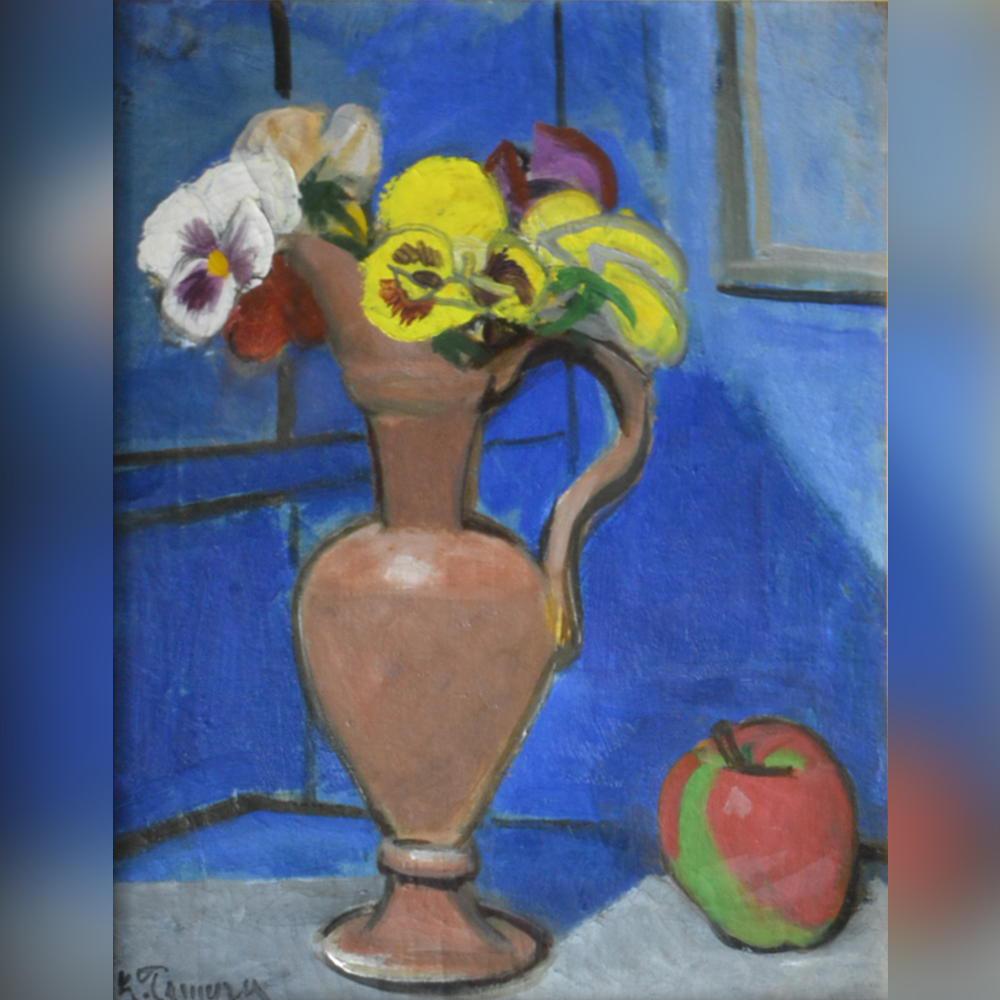
Konosuke Tamura’s painting Pansies contains several hidden features that were painted over in the final work, providing an interesting insight into the painter’s process. Click button to read full application note.
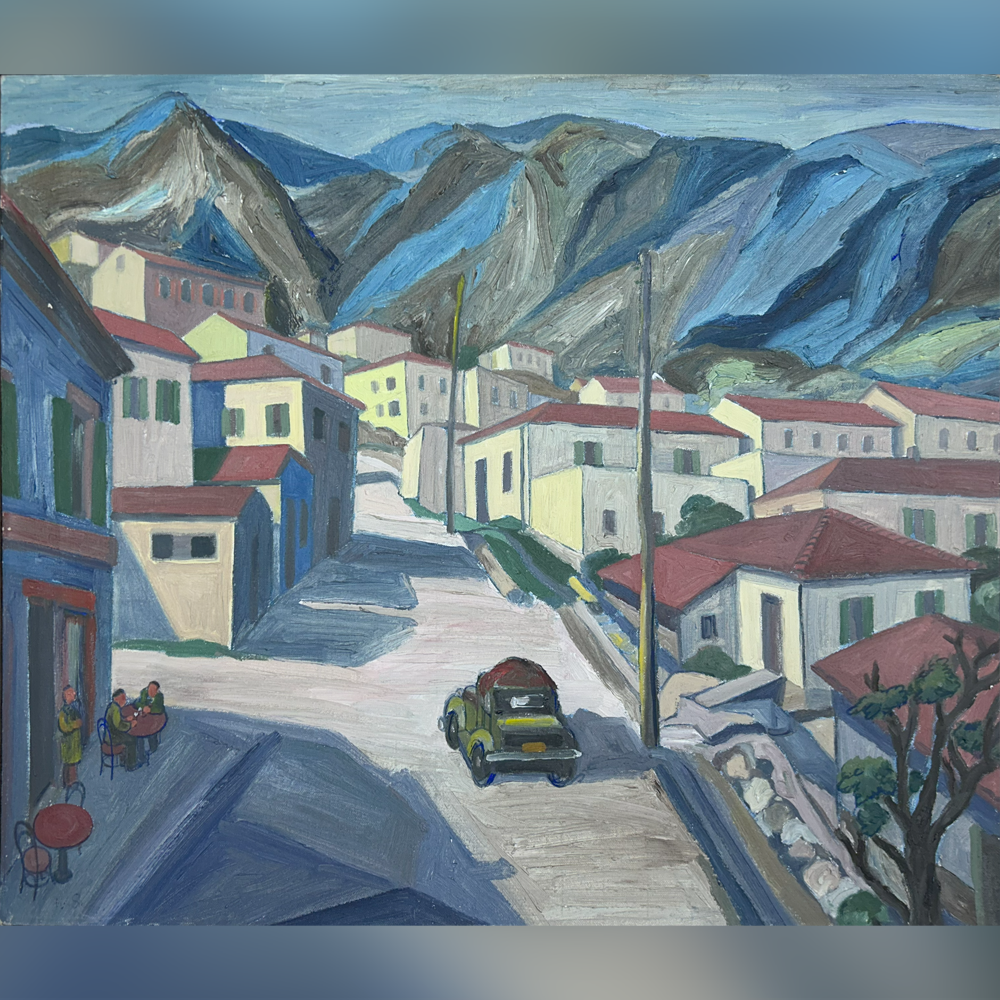
The RevealScan-M uncovers meticulous and systematic preparatory sketches in William Sharp’s Swiss Village. Click button to read full application note.
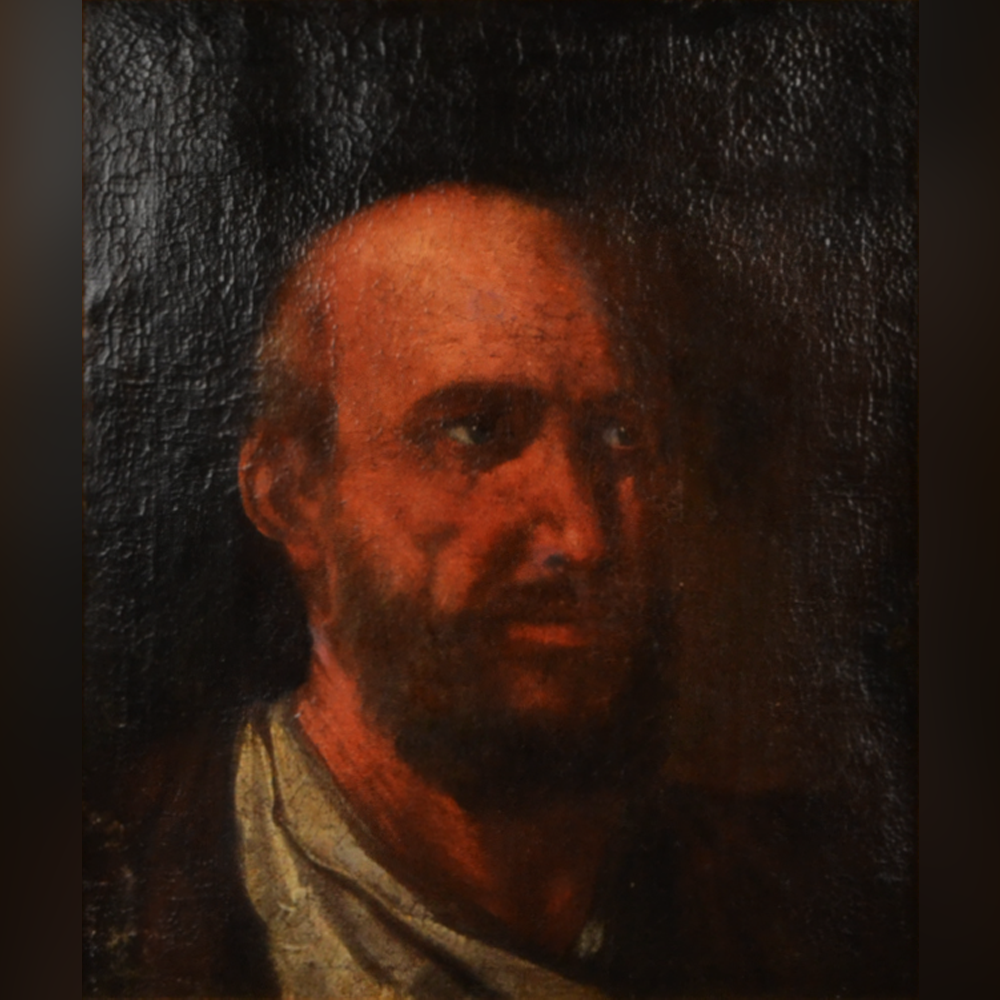
Using a combination the RevealScan-M and x-ray fluorescence (XRF), a hidden defect, potentially an old paint spill, was identified on an 18th century portrait. Click button to read full application note.

A comparison of infrared hyperspectral and multispectral imaging as well as x-ray fluorescence (XRF) to assess the sensitivity of each method in detecting oil paint on the back of a canvas through thick layers of paint and primer. Click button to read full application note.

In collaboration with the Leigh Yawkey Woodson Art Museum, a multitude of under drawings and under paintings as well as a hidden message are revealed in an oil painting by John James Audubon. Click button to see full sized poster.
XRF

A comparison of infrared hyperspectral and multispectral imaging as well as x-ray fluorescence (XRF) to assess the sensitivity of each method in detecting oil paint on the back of a canvas through thick layers of paint and primer. Click button to read full application note.

Using a combination of infrared imaging and x-ray fluorescence (XRF), a hidden defect, potentially an old paint spill, was identified on an 18th century portrait. Click button to read full application note.
